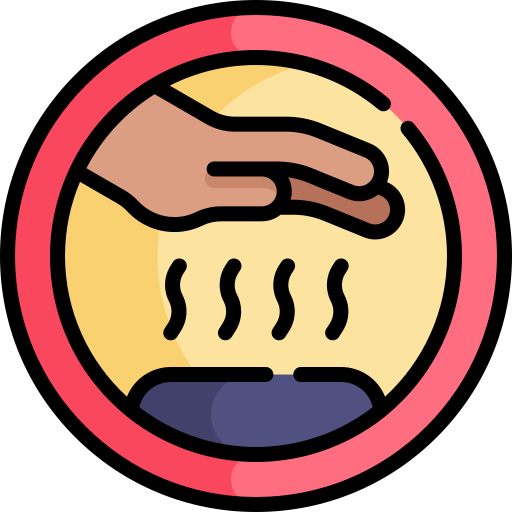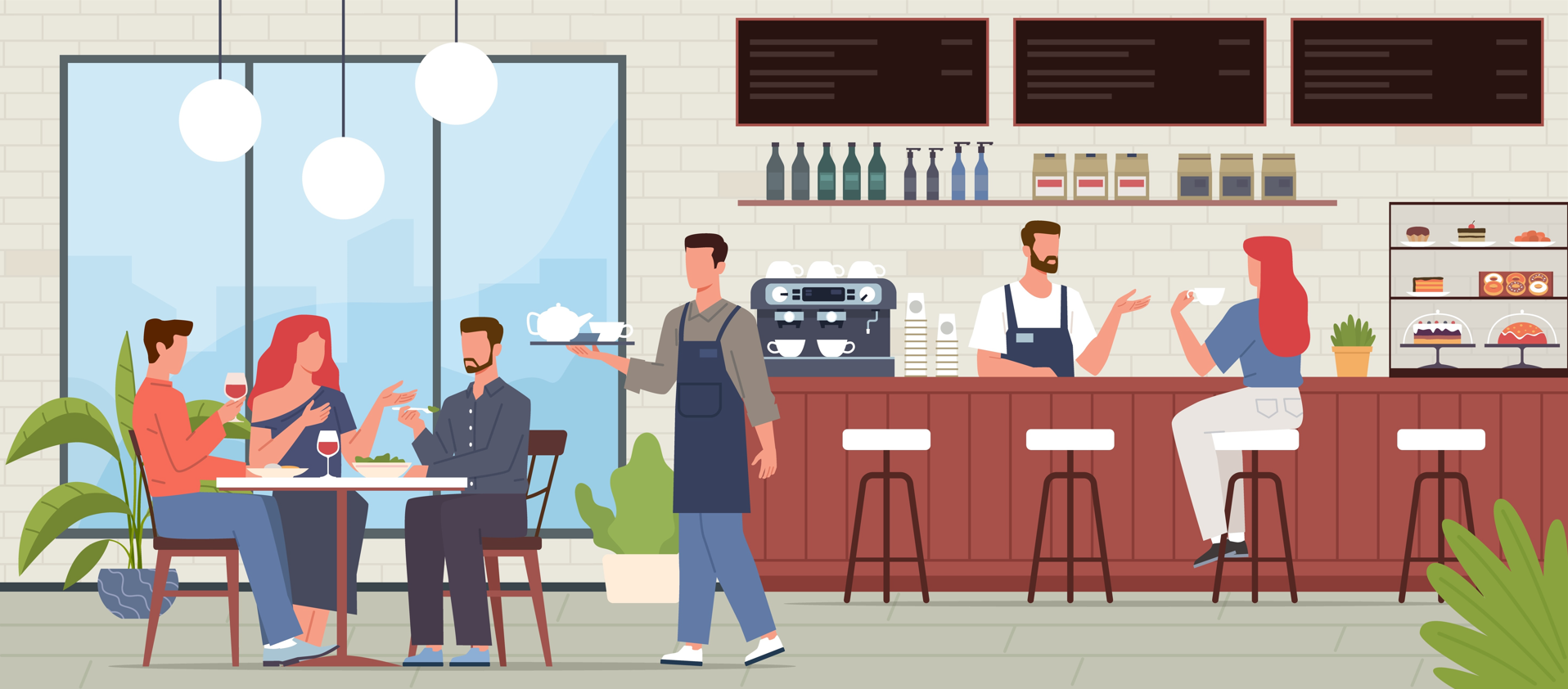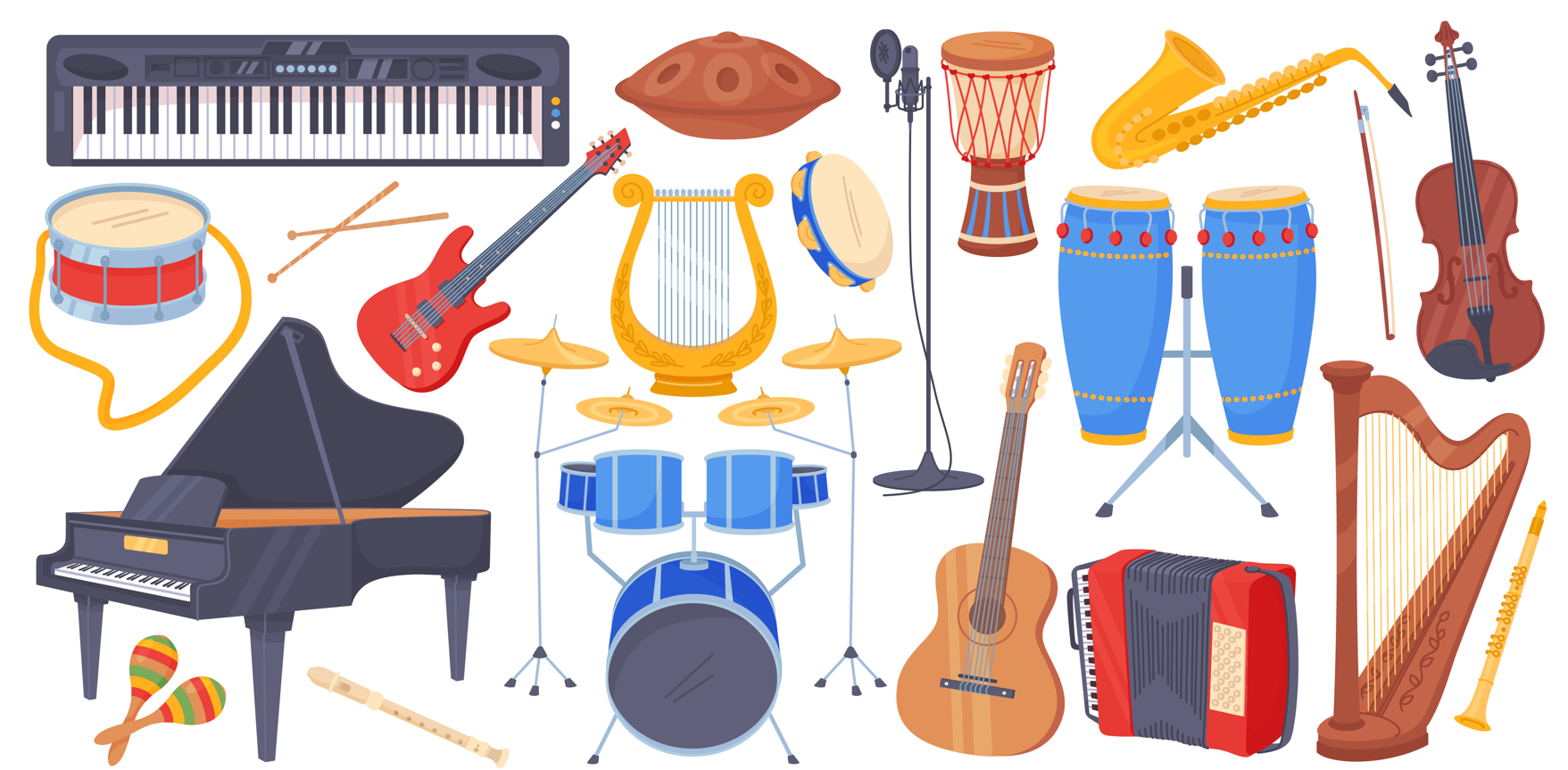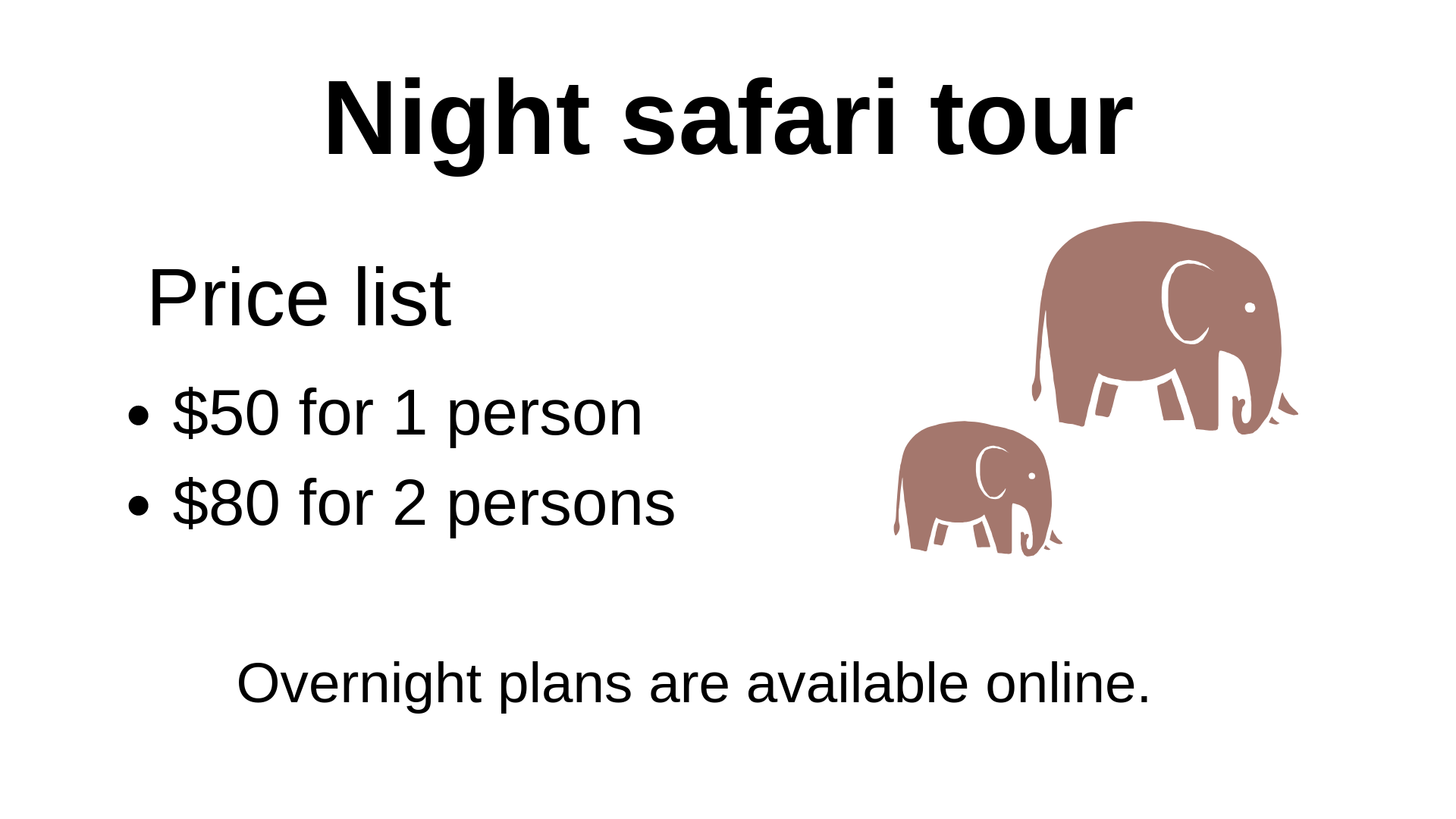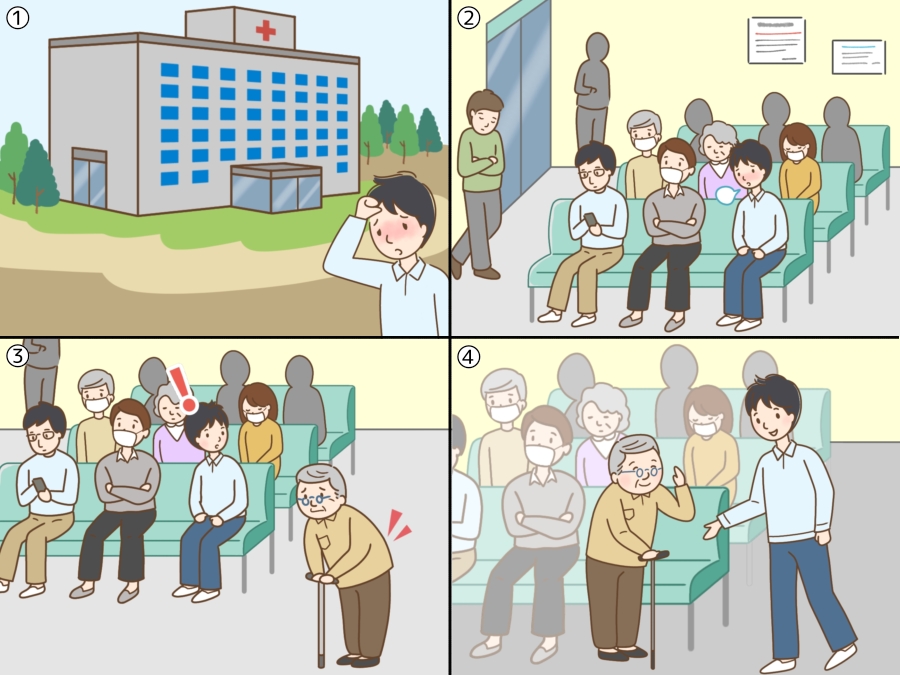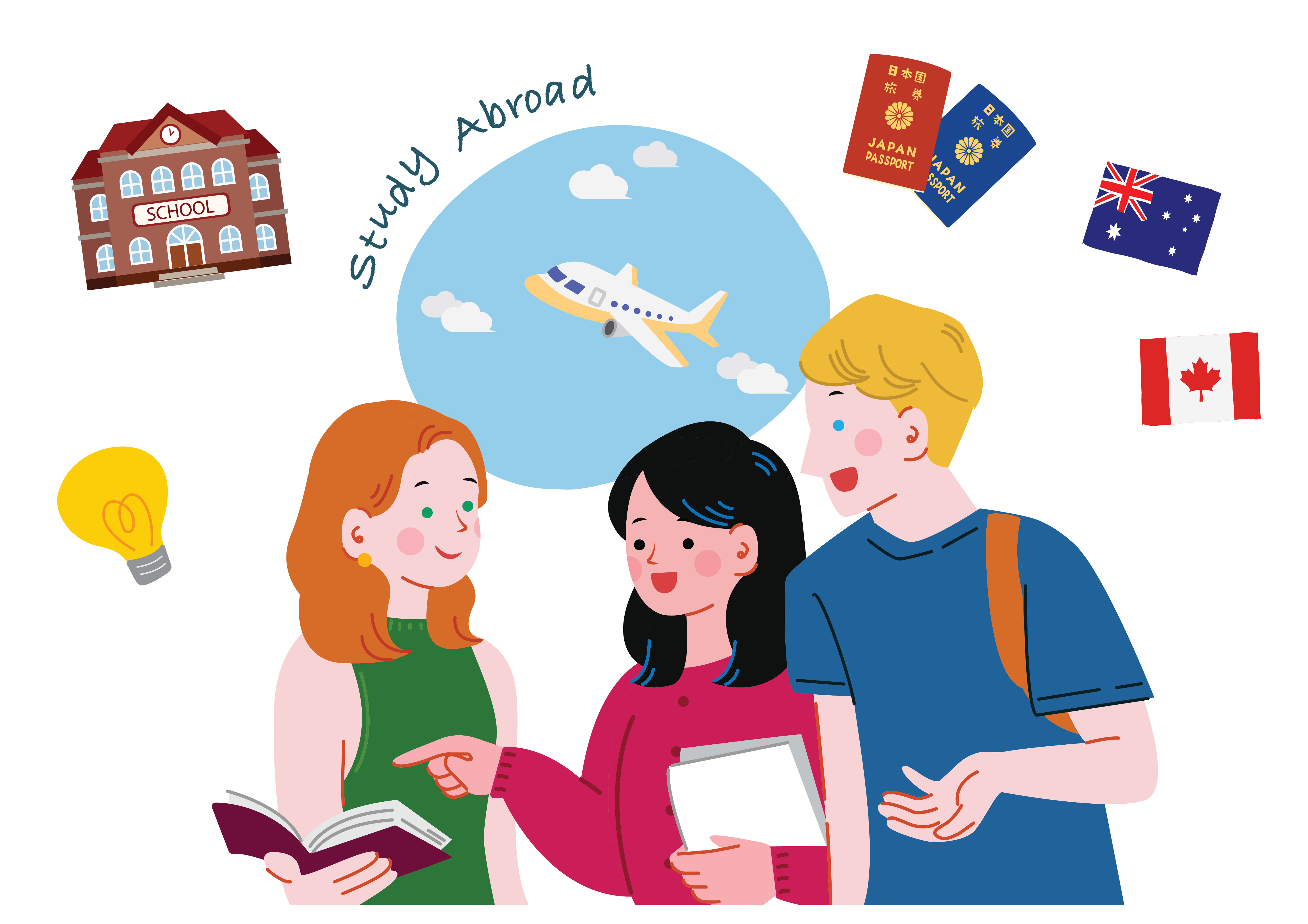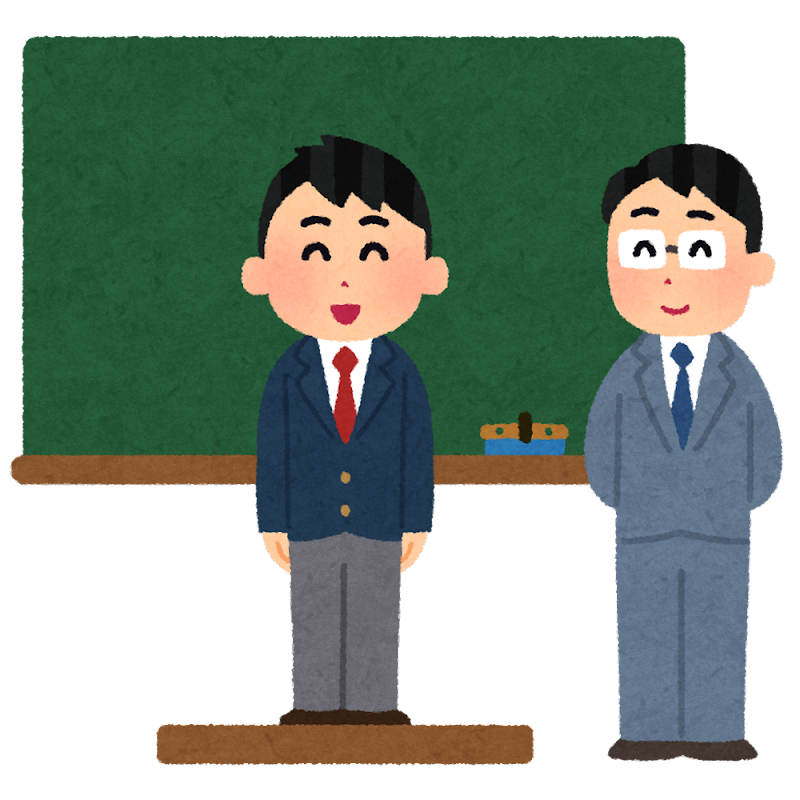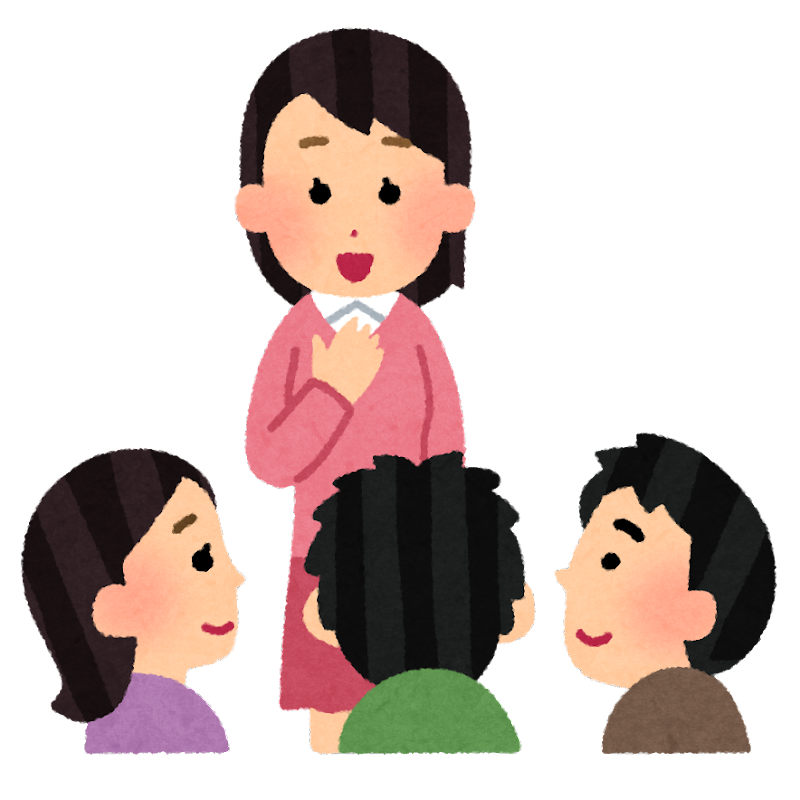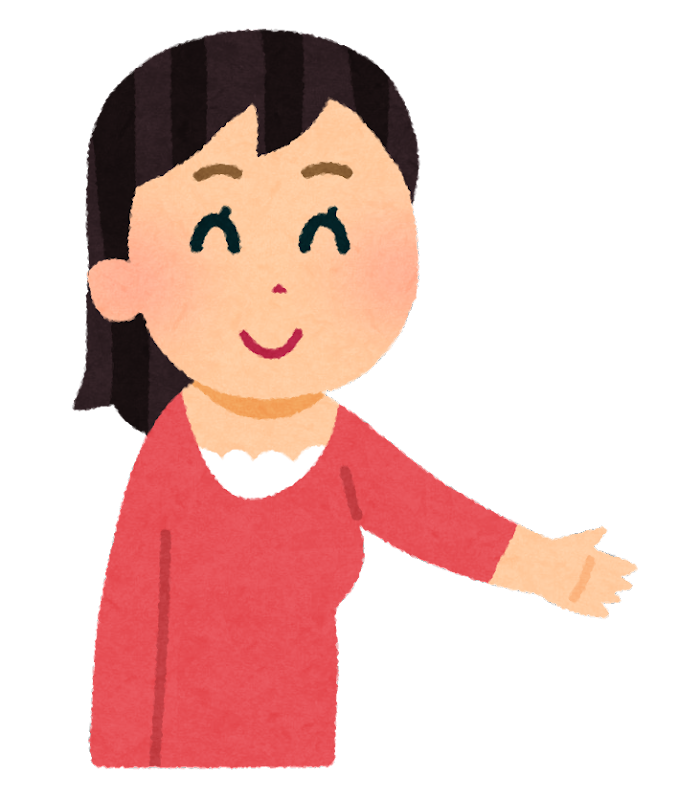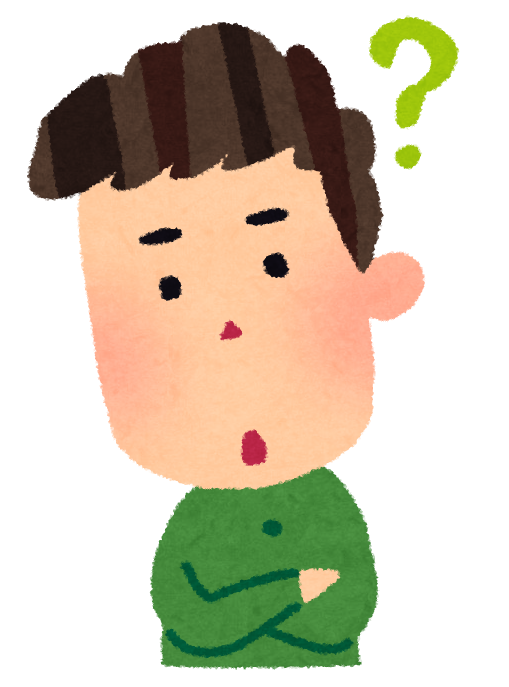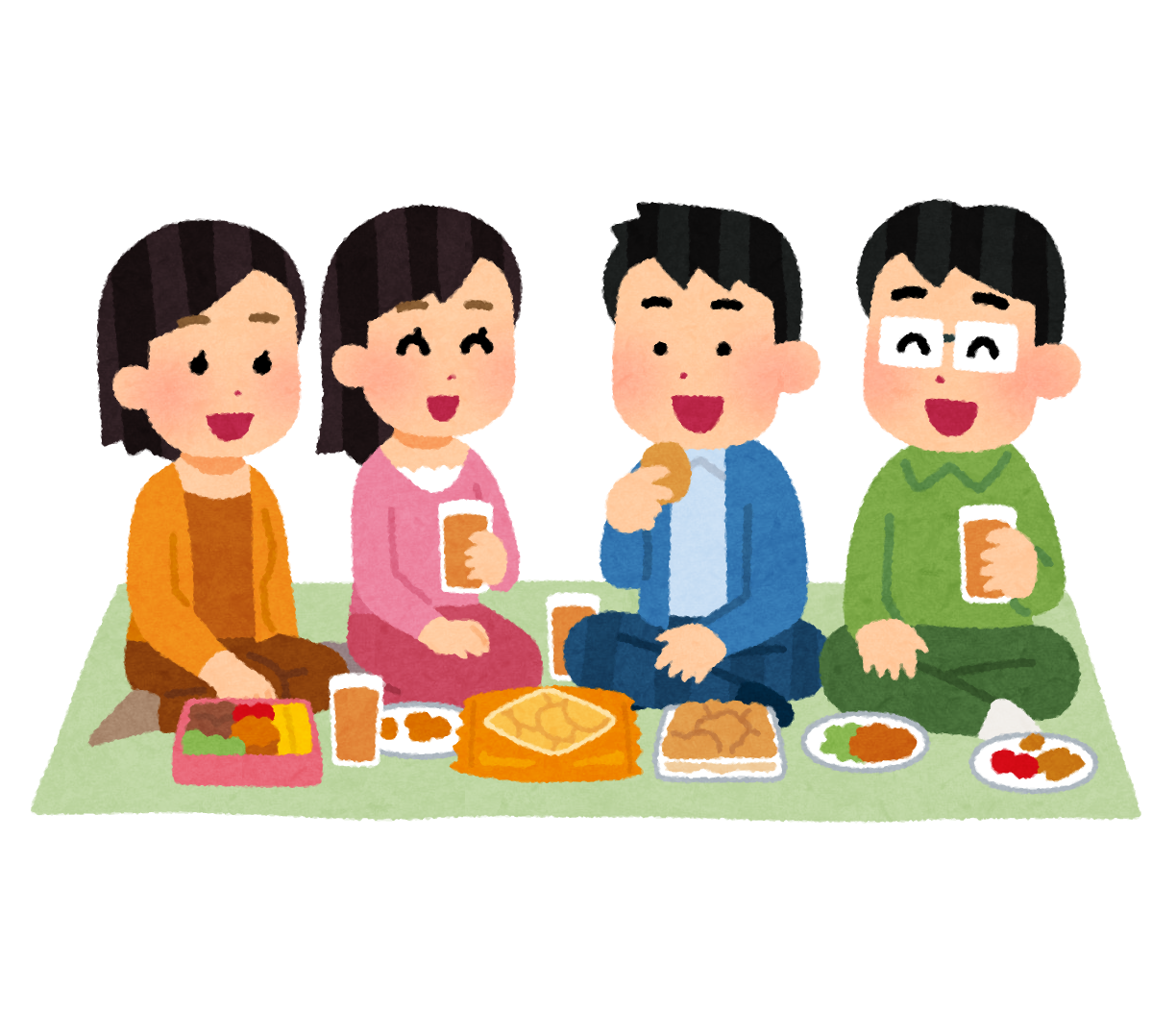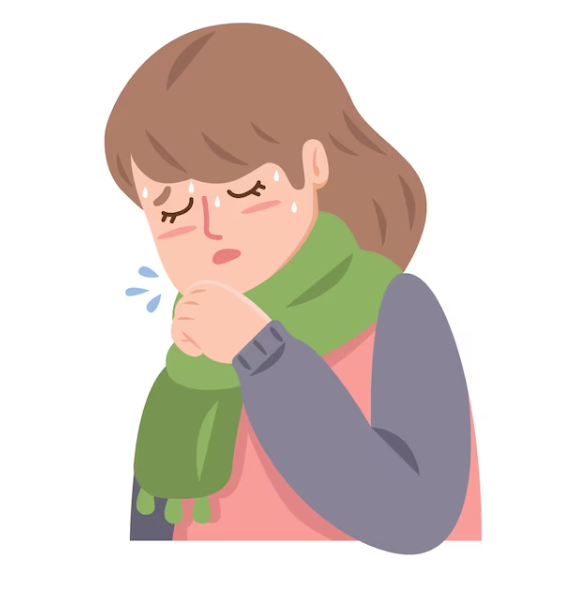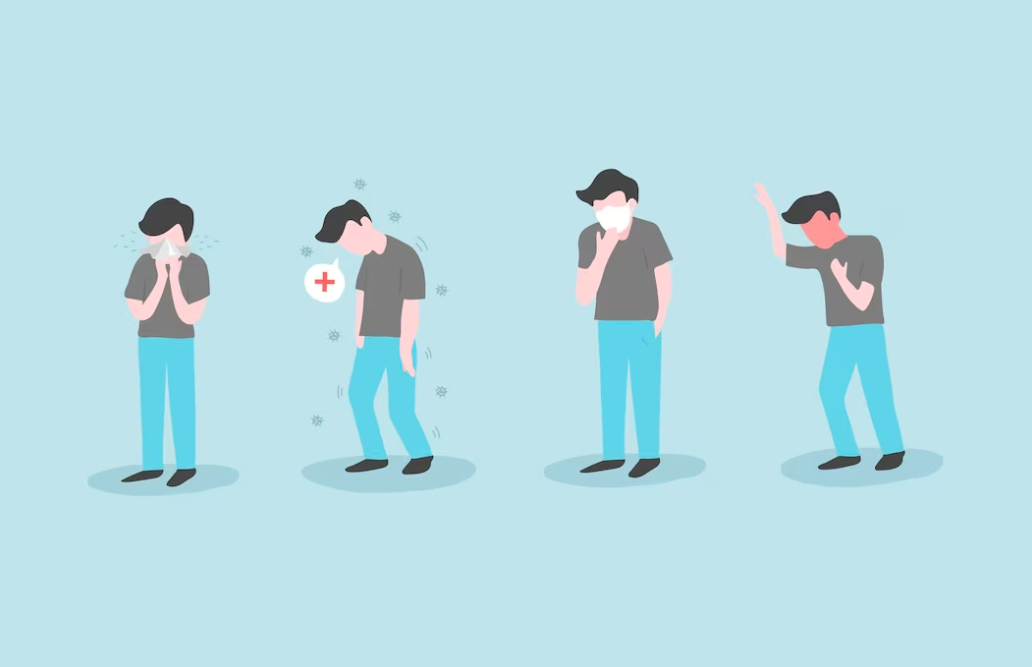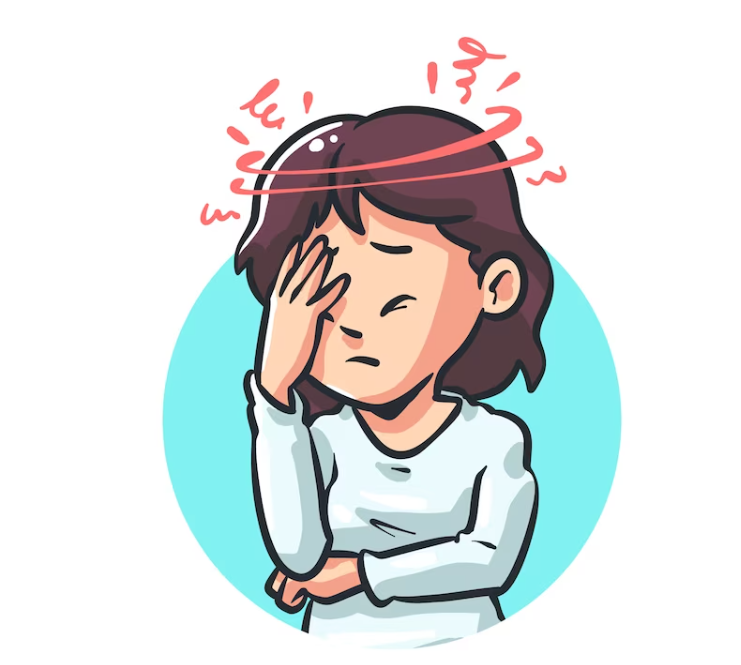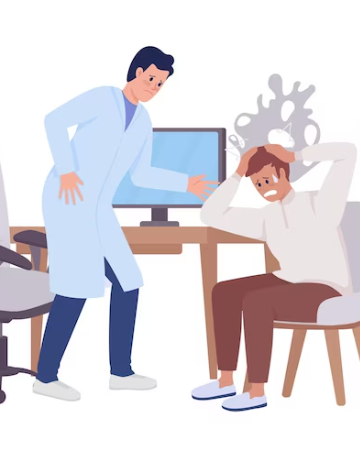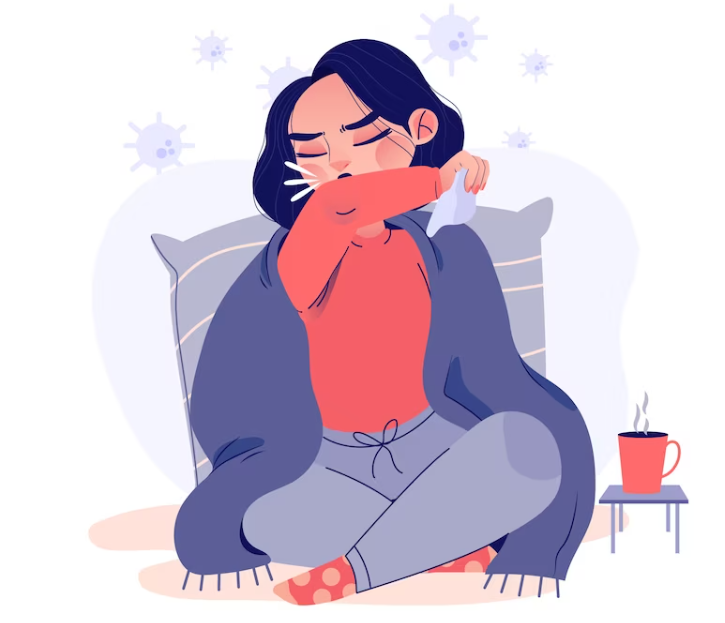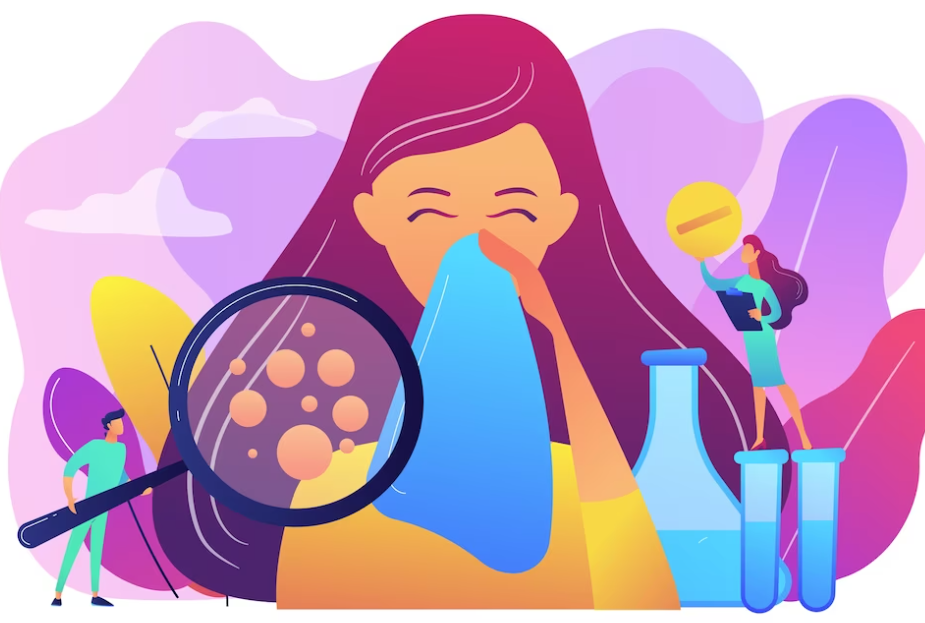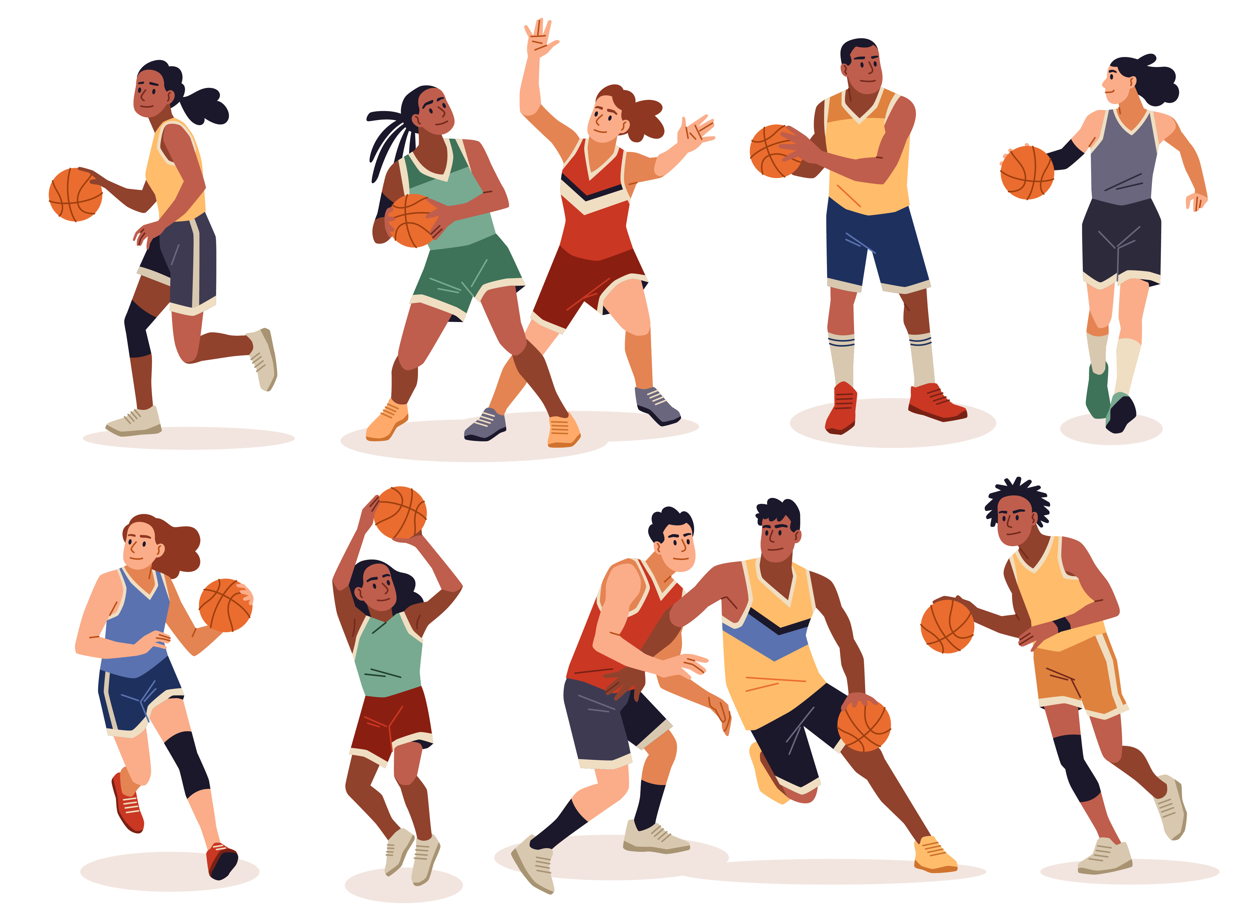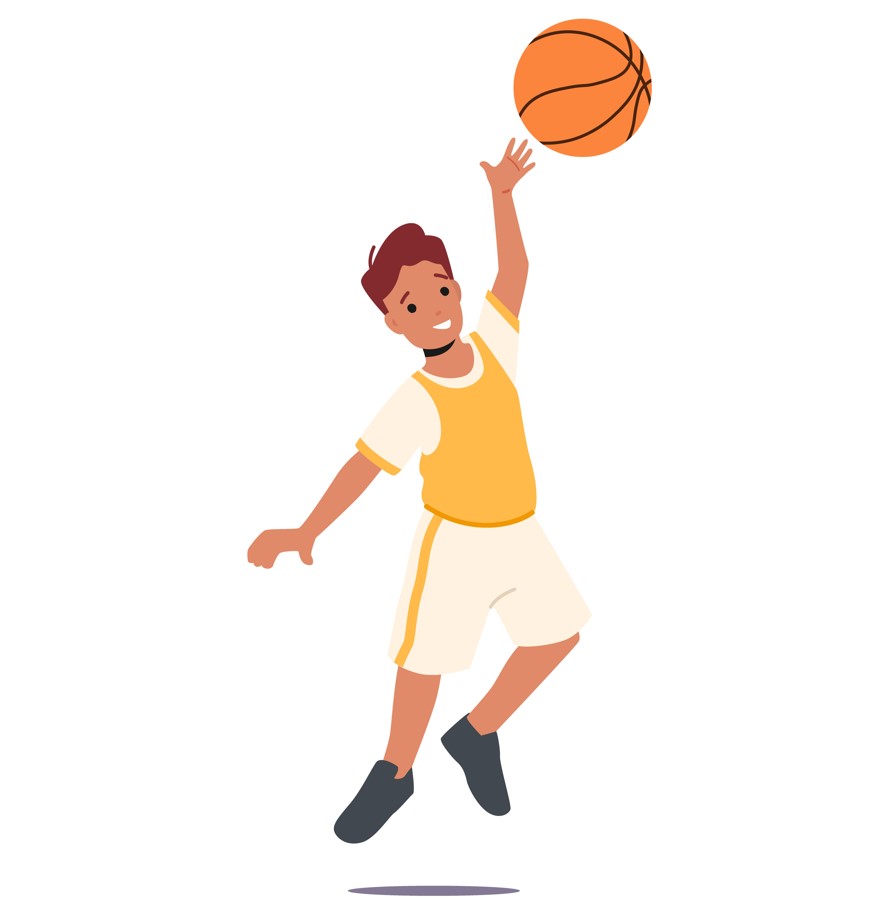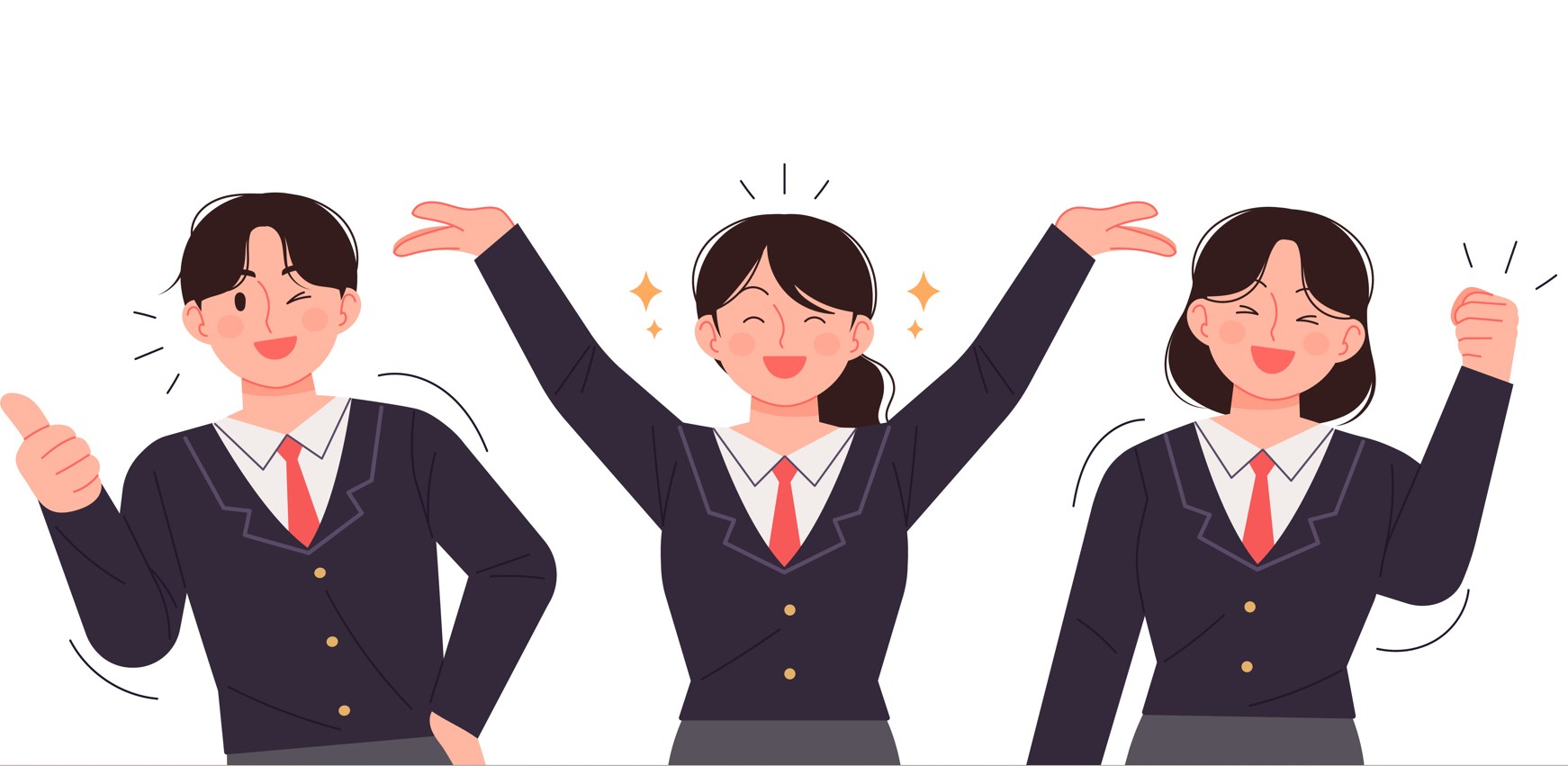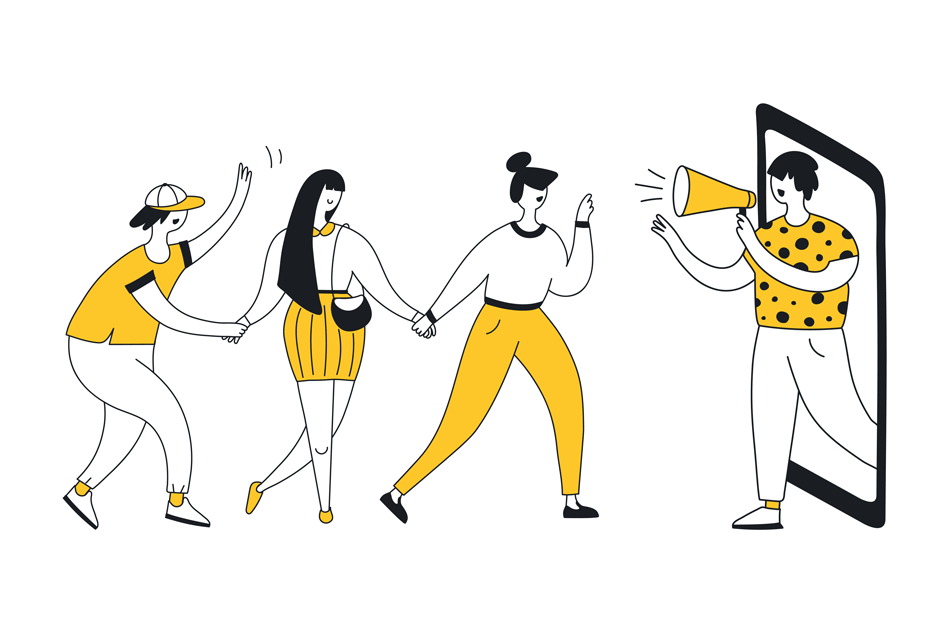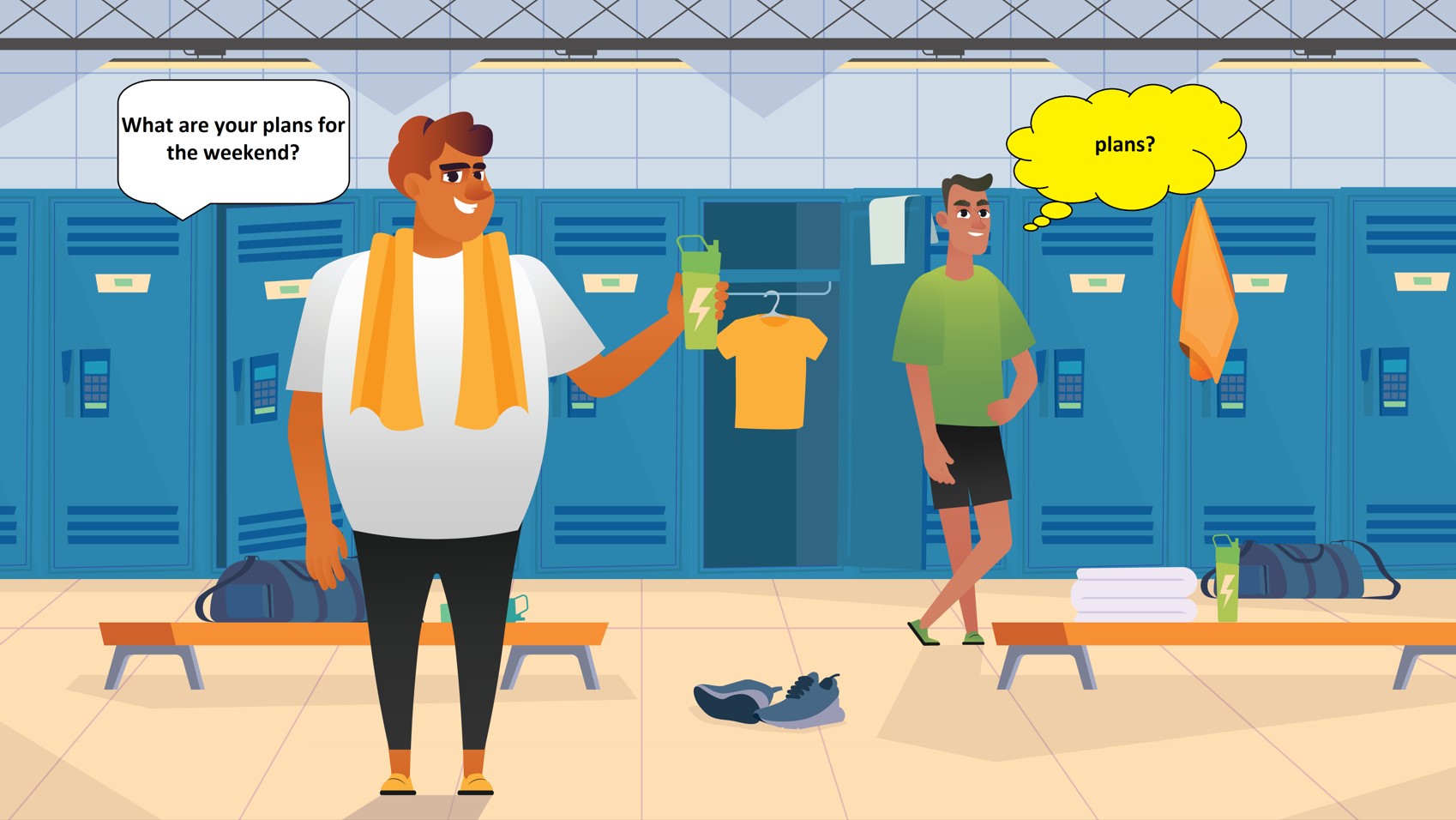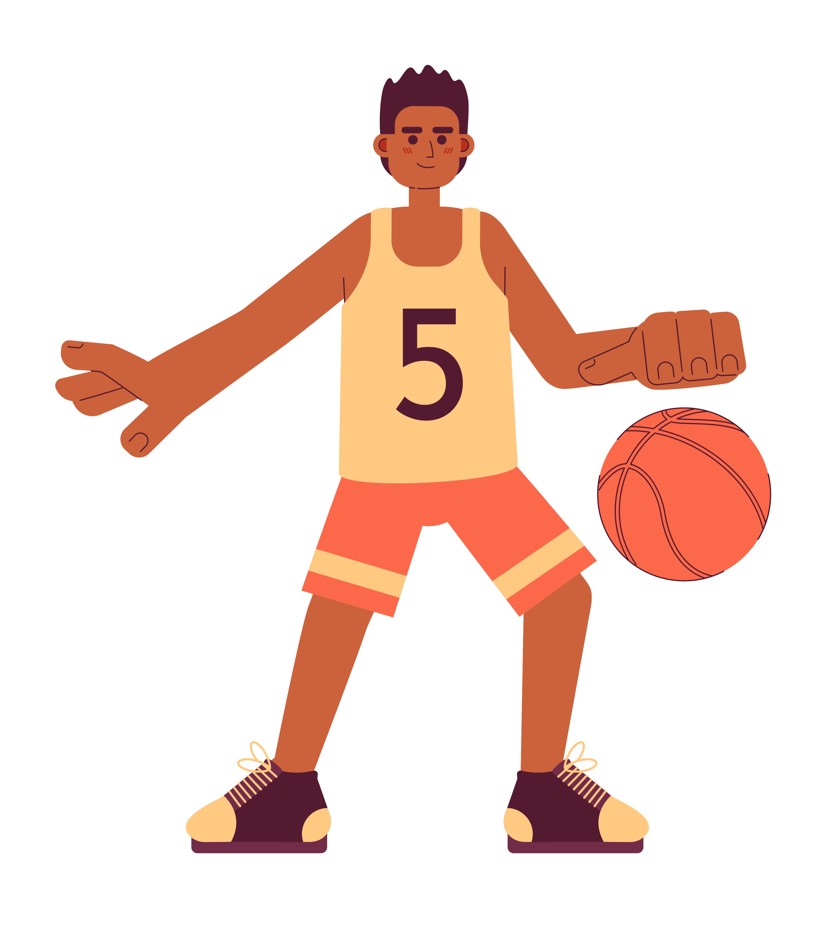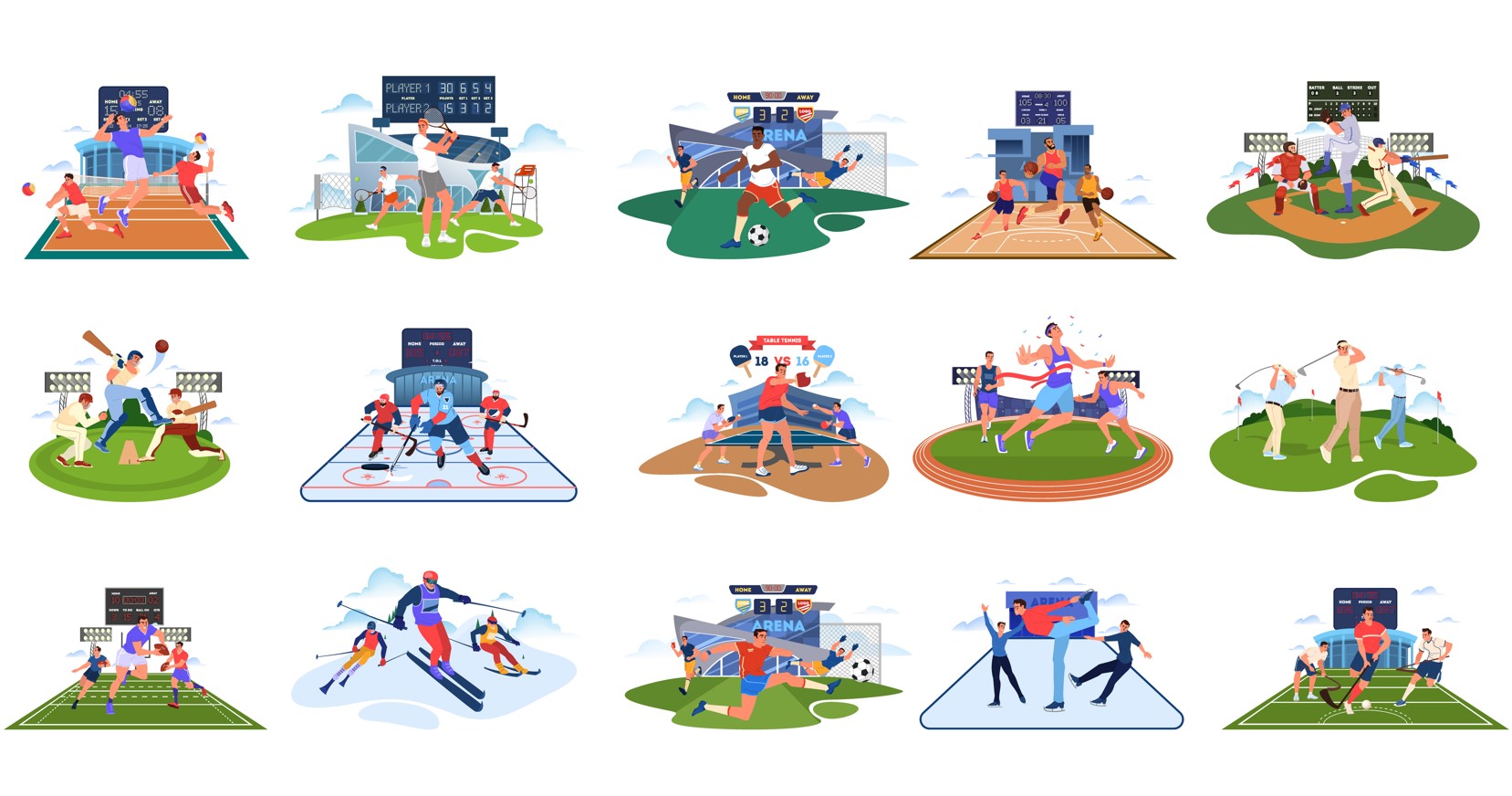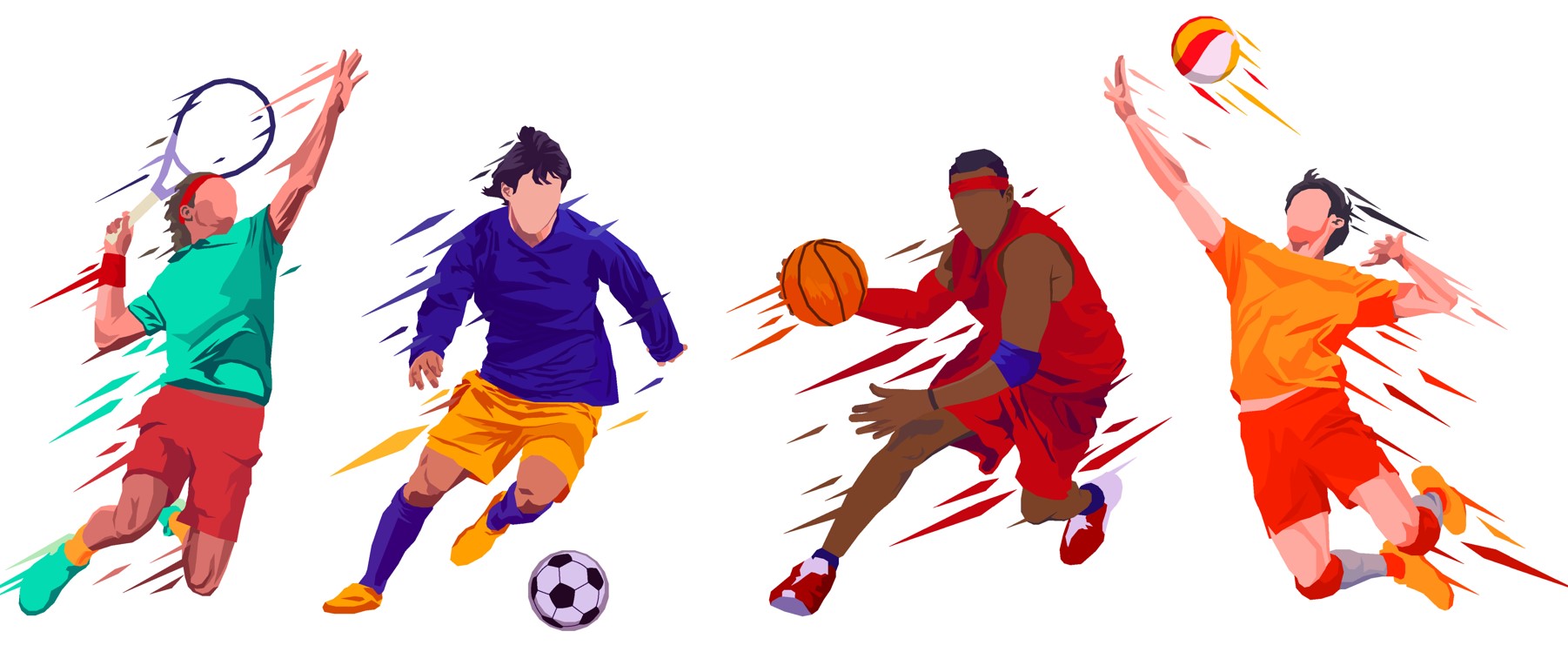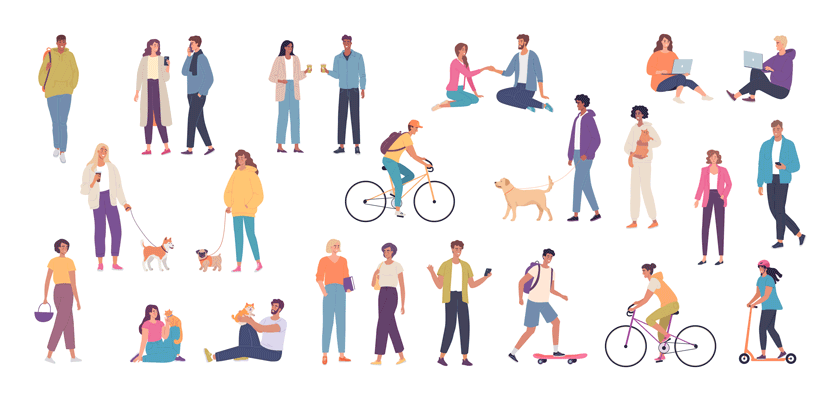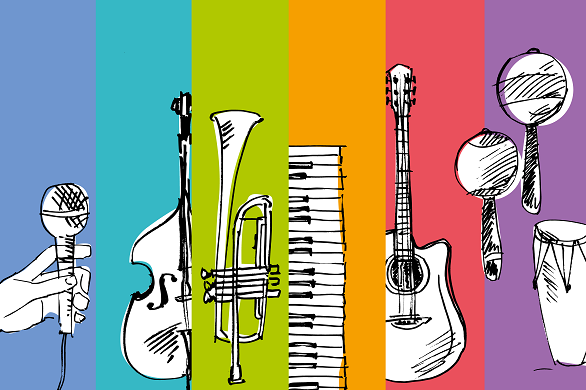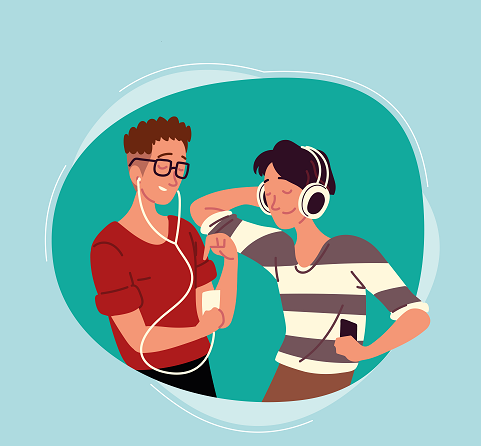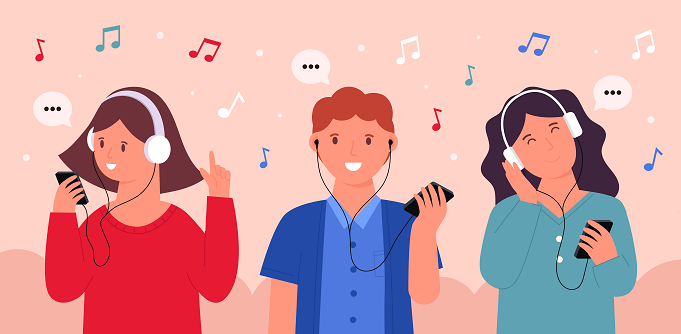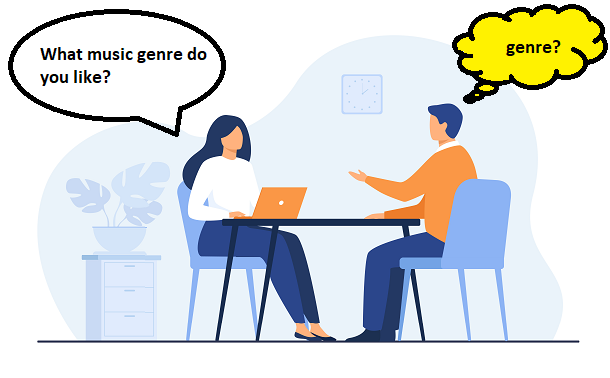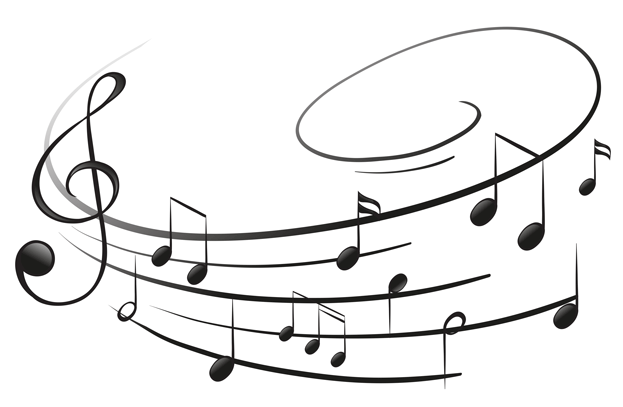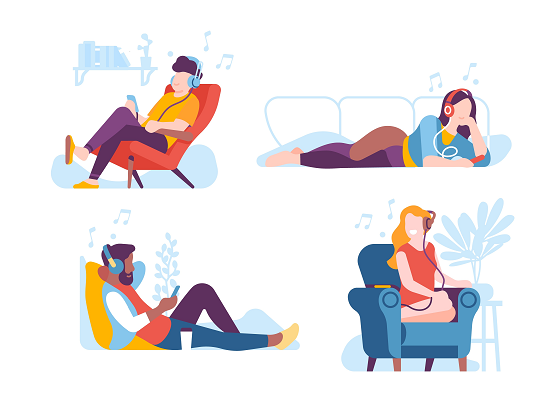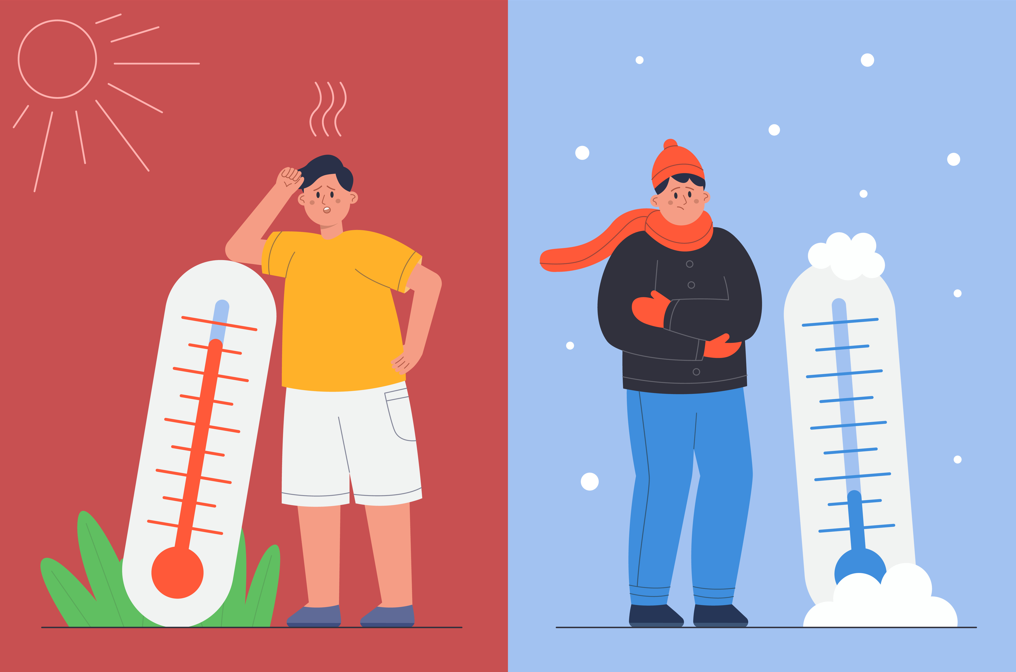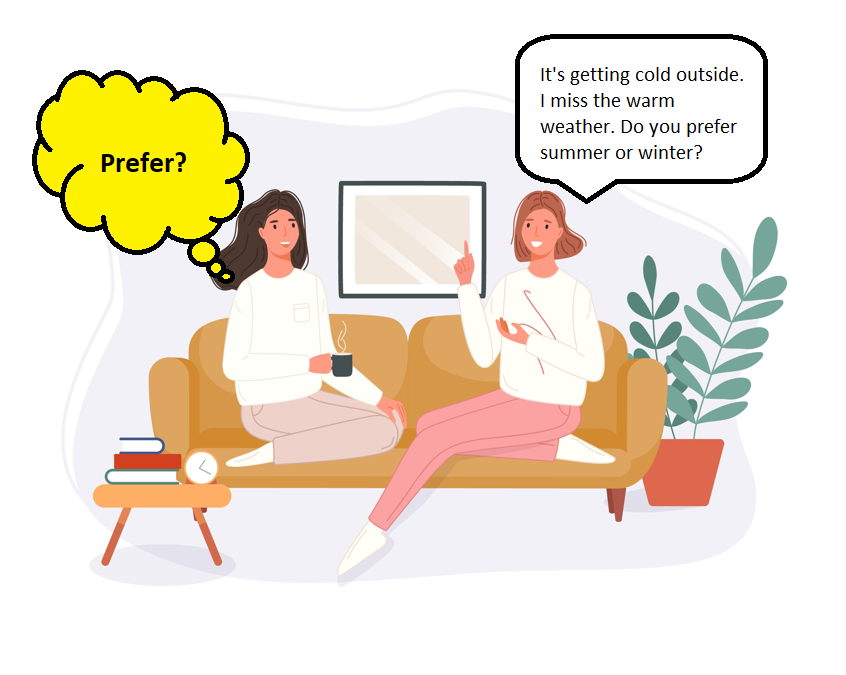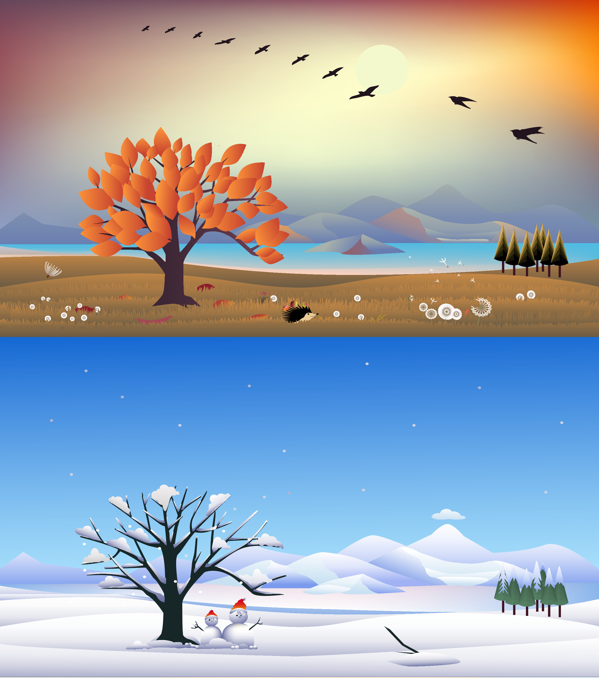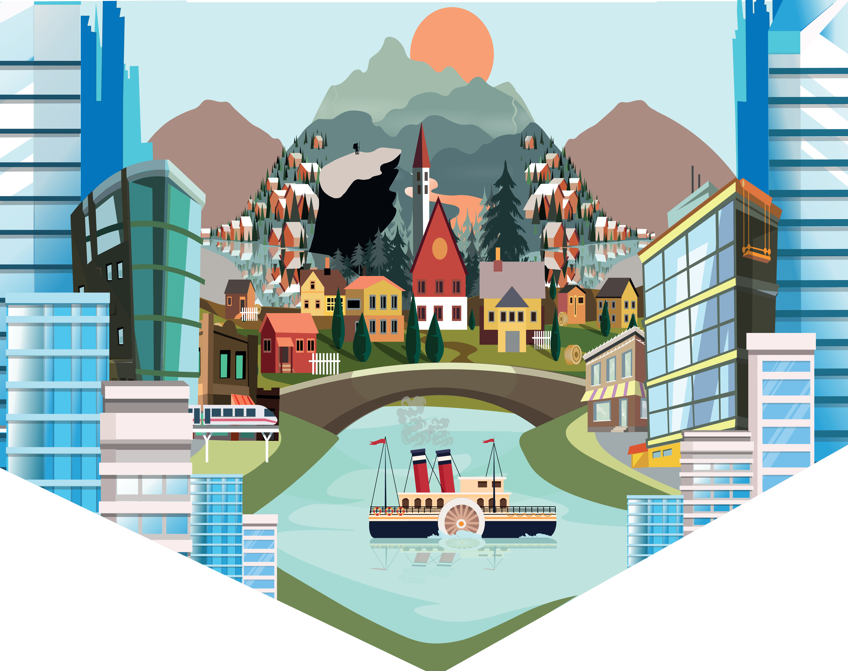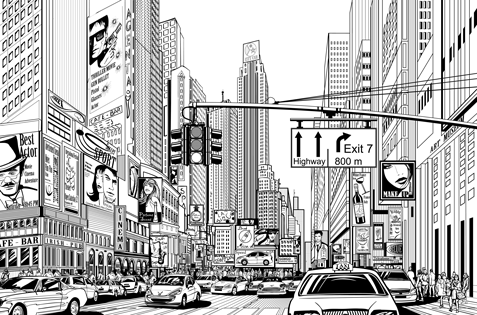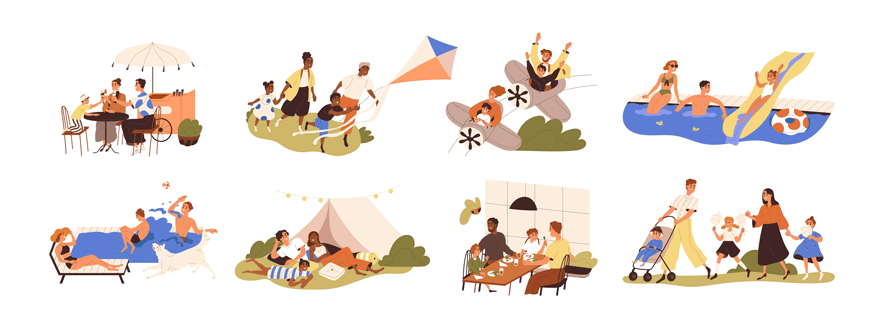


| Answer: |



 |
did
(doの過去形)~した
|
 |
arrive – arrived
着く – 着いた
|
 |
early
早く
|
 |
ask – asked
たずねる、頼む – たずねた、頼んだ
|
 |
know – knew
知る – 知った
|



| 1. | My friend and I studied at the library yesterday. |
| 2. | Did you do your homework last night? – Yes, I did./No, I didn’t. |
| 3. | What time did you get up this morning? – I got up at six. |




|
TUTOR:
|
I arrived at school early today, so I talked with Mrs. Taylor. |
|
STUDENT:
|
Oh, what did you talk about? |
|
TUTOR:
|
We talked about the class party next week. Mrs. Taylor asked me, “Can you talk about Japanese anime at the party?” |
|
STUDENT:
|
Oh, what did you answer? |
|
TUTOR:
|
I answered, “Yes!” |
|
STUDENT:
|
You had a class party today, right? How did you like it? |
|
TUTOR:
|
I liked it very much! Some classmates knew about Japanese anime! |
|
STUDENT:
|
Wow, that’s great! |



|
STUDENT:
|
I arrived at school early today, so I talked with Mrs. Taylor. |
|
TUTOR:
|
Oh, what did you talk about? |
|
STUDENT:
|
We talked about the class party next week. Mrs. Taylor asked me, “Can you talk about Japanese anime at the party?” |
|
TUTOR:
|
Oh, what did you answer? |
|
STUDENT:
|
I answered, “Yes!” |
|
TUTOR:
|
You had a class party today, right? How did you like it? |
|
STUDENT:
|
I liked it very much! Some classmates knew about Japanese anime! |
|
TUTOR:
|
Wow, that’s great! |



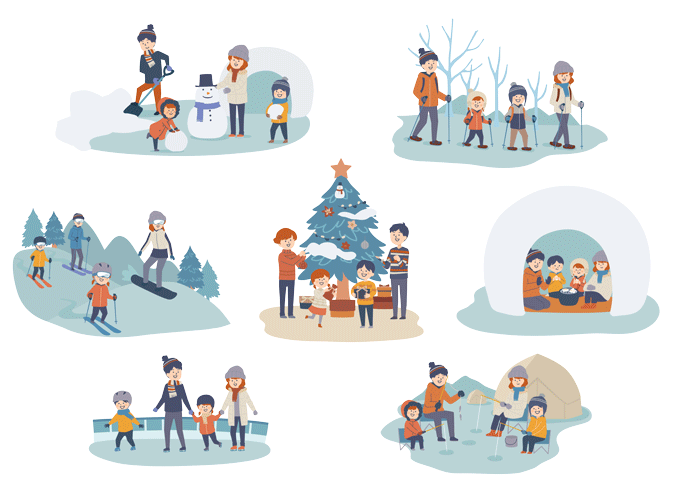

| 1. | Did you clean your room last week? |
| Answer: |


| 2. | Did you study English yesterday? |
| Answer: |


| 3. | What did you do during your winter vacation? |
| Answer: |


| 4. | Who made dinner last night? |
| Answer: |



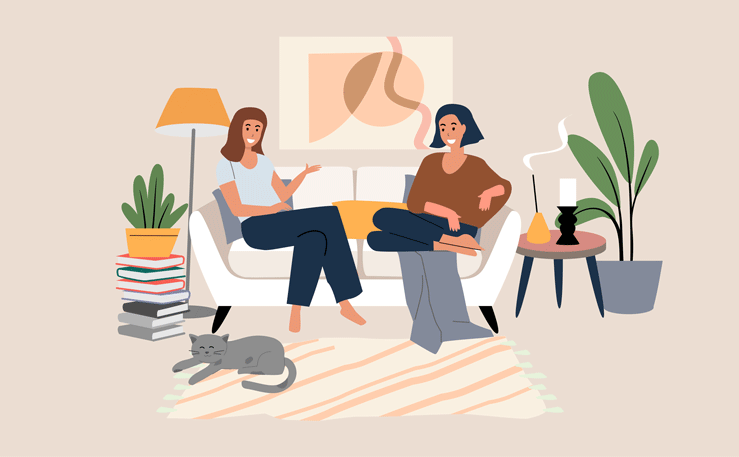
| 1. | ____ you visit your friend last month? |


| Yes, I did. I visited my friend last month./No, I didn’t. I didn’t visit my friend last month. |
| 2. | Where did you ____ on your last vacation? |


| I went to _______________ on my last vacation. |
| 3. | Who ______ breakfast today? |


| __________ made breakfast today. |
| 4. | What did you ____ on Christmas Day? |


| I ate ____________ on Christmas Day. |


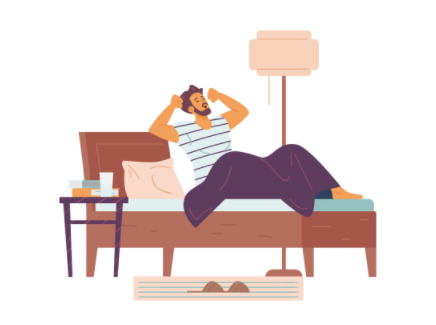

|
What did you do yesterday? What time did you get up? What food did you eat? |
| Answer: |


| What did you do during your last summer vacation? |
| Answer: |



